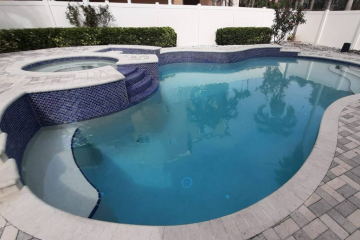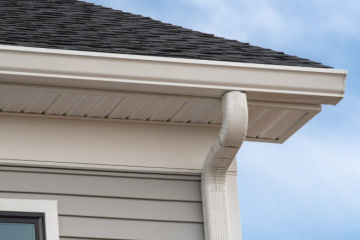Switching to LED lighting is one of the easiest and most effective ways to reduce energy costs while also benefiting the environment. Whether you’re lighting a home, office, or commercial space, LED lights consume less electricity, last longer, and have a smaller carbon footprint compared to traditional lighting options. But how exactly do LEDs help you save money and contribute to a greener planet? Let’s break it down.
1. LED Lights Use Less Energy
One of the biggest advantages of LED lighting is its energy efficiency. LEDs use up to 80% less energy than traditional incandescent and halogen bulbs. This is because LEDs convert most of their energy into light, rather than heat.
For example:
- A 60W incandescent bulb can be replaced with a 9W LED bulb while producing the same brightness.
- Over time, this results in significant reductions in electricity bills, especially in homes and businesses with multiple light fixtures.
2. Longer Lifespan Means Fewer Replacements
LED lights are designed to last 25,000 to 50,000 hours, compared to:
- Incandescent bulbs (1,000 hours)
- Halogen bulbs (2,000 hours)
- CFLs (Compact Fluorescent Lamps) (8,000–10,000 hours)
This means less frequent replacements, reducing maintenance costs and the number of bulbs ending up in landfills.
3. Reduced Carbon Footprint
Since LEDs consume less power, they help reduce greenhouse gas emissions from power plants. If an average household switches entirely to LED lighting, it can lower carbon emissions by hundreds of pounds per year. On a larger scale, businesses and cities using LED street lighting can significantly decrease overall energy consumption and pollution.
4. LEDs Generate Less Heat
Unlike incandescent bulbs, which release 90% of their energy as heat, LEDs stay cool while in use. This not only improves efficiency but also reduces cooling costs in homes and businesses. In large commercial spaces, switching to LEDs can lower air conditioning expenses, further increasing savings.
5. Environmentally Friendly Materials
Unlike CFLs, which contain mercury and require special disposal, LEDs are free from toxic materials. They are also 100% recyclable, making them a sustainable choice for eco-conscious consumers and businesses.
6. Smart LED Systems for Even More Savings
Many LED solutions now come with smart controls, allowing you to:
- Dim lights when full brightness isn’t needed.
- Use motion sensors to turn lights off automatically when a room is empty.
- Schedule lighting adjustments to reduce unnecessary energy use.
This post was written by a professional at GlowbackLED. GlowbackLED has been the industry leading custom LED strip light channel 90 degree corners located in Miami, FL for years. They specialize in custom LED light panels for backlighting translucent stones, artwork, stained glass, and resin. They have been manufacturing robust lines of recess linear, surface linear, and pendant linear LED light fixtures (suspended or hanging). Proudly offering industry leading project management and support, Glowback is second to none! Their goal is to make your purchasing experience as simple and headache free as possible.


